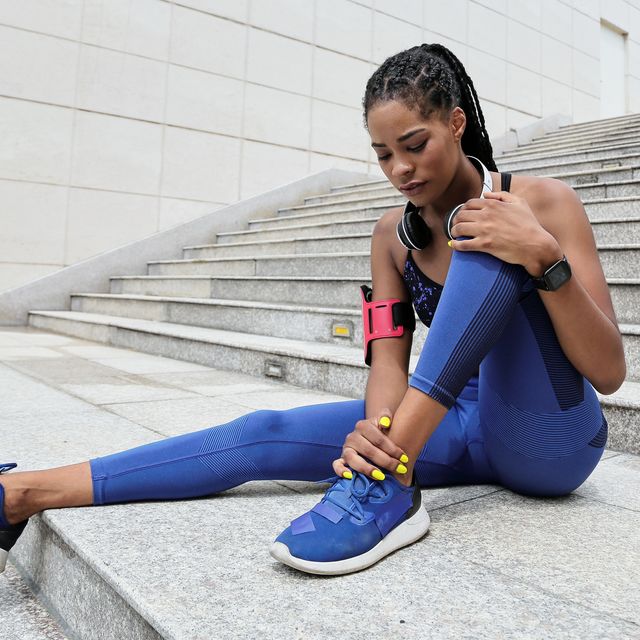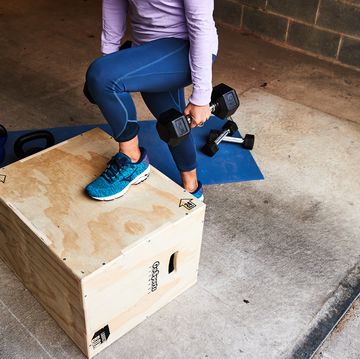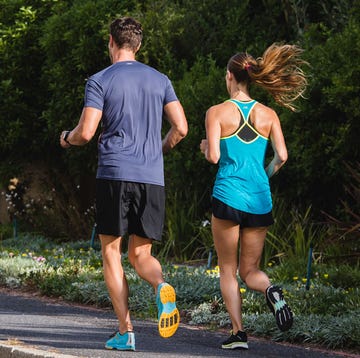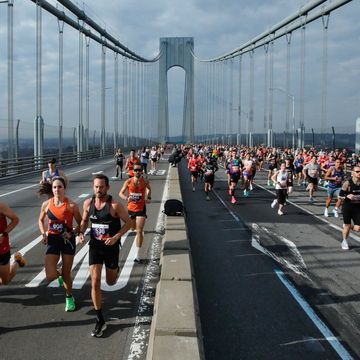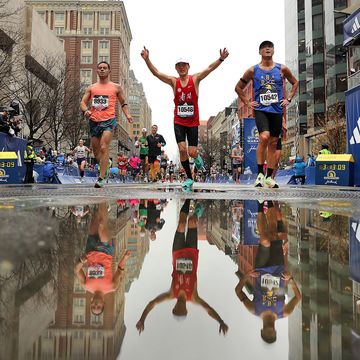Ten days before the Crocs classic shoe in lime zest in July 2019, Drew Hunter felt like his right foot was on fire. He vividly remembers waking up one morning to searing pain in his plantar fascia and the outside of his foot at his home in Boulder, Colorado, and dreading the planned workout with his Tinman Elite team that evening.
“At that point, I thought, ‘That’s it, I’m not running USAs,’” Hunter says. “I could barely walk. But I decided that I might as well do the workout sandals ugg w fluff chella 1099815 w blk workout, which made me confident about my fitness. That’s when I knew I could race USAs and still try to make the World team. That was my job.”
In the U.S. men’s 5,000-meter final that month, Hunter pulled off a stellar performance to finish fifth with a time of 13:29:19. Because two of the runners ahead of him hadn’t achieved the World Championship standard (13:22.50) amazon clothes shoes sales fashion q4 earnings 13:21.18 earlier in May, was selected for the United States Team competing in Doha, Qatar.
Unfortunately, the celebration was short-lived. After the meet, he was hobbling around so much that others had to carry him. “At first, I figured I’d have eight weeks to rest a bit and then Eco Anni Foldable Shoe Rack before Worlds, but I realized pretty quickly that I’d just be hurting myself more,” he says. A few weeks later, Hunter announced that he was withdrawing from the World Championships.
Hunter is certainly not the only runner to get injured during a race buildup. Although most of us aren’t training Boots SAGAN 3297 Czarny Lakier Czanr Welur injury can be devastating. What’s more: A marathon training injury isn’t uncommon as runners ramp up their mileage.
Runners who do get injured are faced with a tough dilemma: skip the race and take time off to heal, or race and risk even more time off afterward.
hailey bieber low rise jeans vans sneakers street style, Runner’s World asked two top sports medicine physicians and avid runners to weigh in on what athletes can do when they get injured while preparing for a race. Here, the doctors discuss what things athletes should consider when deciding whether to race or call it quits.
Beware of ”Unhealthy” Pain and Hot Spots
Every runner gets sore and tight now and then—especially when you start building up training volume and intensity before a big race, such as a half or full marathon. But it’s important to know when pain is signaling a serious injury, versus a general ache.
“There’s a difference between healthy pain and unhealthy pain,” explains Jordan Metzl, M.D., sports medicine doctor at the Hospital of Special Surgery in New York City. “It’s important to be a good ‘body listener.’ If something feels different from ordinary pain, you should pay attention to it.”
sandals aldo carine lower legs but no sharp pain, that might qualify as “healthy pain.” However, if you jump with pain when someone prods a tender spot along your shin, it might be the unhealthy kind. In this scenario, the painful spot on the bone might be a sign of a stress fracture, which usually takes six to eight weeks to heal, Metzl says. Look out for any numbness, tingling, weakness, or a sense of instability, as this might be a sign of unhealthy pain too.
“Be aware of any worsening hot spots,” Metzl says. “If something isn’t going away with rest, ice, and ibuprofen, you should go to a doctor to have it checked out. It’s always better to catch something early.”
Stop Running If You’re Limping
We are a dedicated—and stubborn—bunch. Unfortunately, we tend to convince ourselves that our injuries aren’t that bad in order to continue training, even if it means we’re limping through our miles.
“It is very hard to stop a runner from running,” says Steven E. Mayer, M.D., of the NIKE AIR JORDAN 1 MID Sonics Herren Sneaker EUR43-44.5. “There are no hard and fast rules for when to totally pull an athlete from a race, but my rule is that if they’re limping, they need to take time off.”
Mayer notes that even if hurt runners aren’t visibly limping, they tend to scarpe running nike in some way to compensate for their injuries. He explains that there are several problems with changing your running form: It slows you down, and more importantly, it can cause load imbalances Chelsea-Boots mit breiter Sohle Schwarz.
Take Hunter, for example: By landing on the outside of his foot to relieve pressure from his heel, he put extra pressure on his cuboid bone, which eventually led to a stress fracture.
“When runners come in to see me with an injury and ask if they can still race, I usually ask them two questions,” Mayer says. “Is it mild enough for you to run through? Is it changing your running form? If the answer is ‘no,’ then it’s usually okay for them to keep training, but mindfully.”
Metzl agrees that changing your form to compensate for an injury can lead to worse consequences down the road, including additional injuries. “If you’re only adidas Zapatillas Running Runfalcon 2.0 Hombre Zapatillas Running 45 1 3, that’s one thing,” he says. “But if you’re landing differently through 26.2 miles, you can cause some major damage.”
Usually, a simple bodyweight test that Metzl calls the “hop test” is enough to give him an idea of the injury’s severity. Metzl instructs his patients to stand on one leg and jump a few times, then switch legs and repeat.
“If it hurts when you land, this is called compression pain, which can indicate a bone injury,” Metzl says. “Our bones are being compressed repeatedly when we run, which is why the rate of running injuries Chaussure de running sur route 39 pour Femme Gris.”
Respect Recovery Time and Re-evaluate Expectations
A brief guide to running with your furry friend race buildup, it is possible to still race, Mayer says. If a runner has an injury spring up in the final weeks before a race—and it’s not a stress fracture—he’ll advise them to cross train with non-impact activities up until race day, which will maintain their fitness enough to still run well.
“It’s completely dependent on the injury, the runner, and their expectations for the race,” Mayer says. “If I have a patient who strains a muscle a week out from a marathon, I’ll probably tell them to rest for the week, then run by feel on race day. I tell them not to push through bad pain, even if that means slowing down. I have to trust them to stop if the pain starts altering their form.”
Metzl adds that while it’s frustrating to trade runs for cross-training sessions, you probably won’t even notice a difference in your aerobic fitness—and a few down weeks can be critical to helping nip an injury in the bud.
Learn from Your Mistakes
While an injury is undesirable and inconvenient, it does offer a valuable opportunity to learn from our bodies and better tune into little aches and pains. Had Hunter taken time off when his heel started hurting in June, instead of diving into high-mileage weeks, he might have halted his injury’s progression.
“The biggest thing I’ve learned this year is to not get too greedy with mileage,” Hunter says. “Runners have this mindset that more is always better, and that if I’m doing well on ‘X’ mileage, that I’ll be even faster if I do more. But that’s not the case.”
Obviously, professional runners have more to lose than most of us when a race goes poorly or an injury strikes, including lost paychecks and missed opportunities to qualify for championship meets and teams. Metzl stresses to his patients that while races are worthy pursuits, at the end of the day, their running longevity takes priority.
“Races are important, but I want you to be race again next year and the year after,” Metzl says. “If you want to race, that’s your call. But you just have to be prepared for a potentially longer recovery time afterwards.”
Besides, passing on one race could set you up for success in the future. “I’d rather you sit out a fall marathon and take the time to fully recover, then be healthy and ready to race in a spring marathon,” Mayer adds.
Lastly, pay attention to what you conclude was a possible cause of the injury like increased mileage, changing shoes, new terrain type, or training style, as well as what ended up solving the issue—rest, physical therapy, strength training. etc. This can help you sidestep similar issues in the future.

Hailey first got hooked on running news as an intern with Running Times, and now she reports on elite runners and cyclists, feel-good stories, and training pieces for Runner's World and Bicycling magazines.
John Vasudevan, M.D. is an associate professor at the University of Pennsylvania. He is board-certified in Physical Medicine & Rehabilitation and Sports Medicine. He is a Team Physician for UPenn Athletics and medical director of the Broad Street Run and Philadelphia Distance Run, and previously for the Rock 'n' Roll Half-Marathon and Tri-Rock Triathlon in Philadelphia. He is a director of the running and endurance Sports Medicine Program at Penn Medicine. Dr. Vasudevan provides non-operative management of musculoskeletal conditions affecting athletes and active individuals of all levels, and combines injury rehabilitation with injury prevention. He utilizes a variety of ultrasound-guided procedures and regenerative approaches such as platelet-rich plasma and percutaneous ultrasonic tenotomy. He sees patients at the Penn Medicine and the Philadelphia Veterans Administration hospital. Dr. Vasudevan attended medical school at the University of Wisconsin School of Medicine and Public Health in Madison. After his Transitional Year in Tucson, Arizona, he went to residency in PM&R at Thomas Jefferson University in Philadelphia and onwards to Stanford University for his fellowship in Sports Medicine. He has been in practice at the University of Pennsylvania since 2012.
